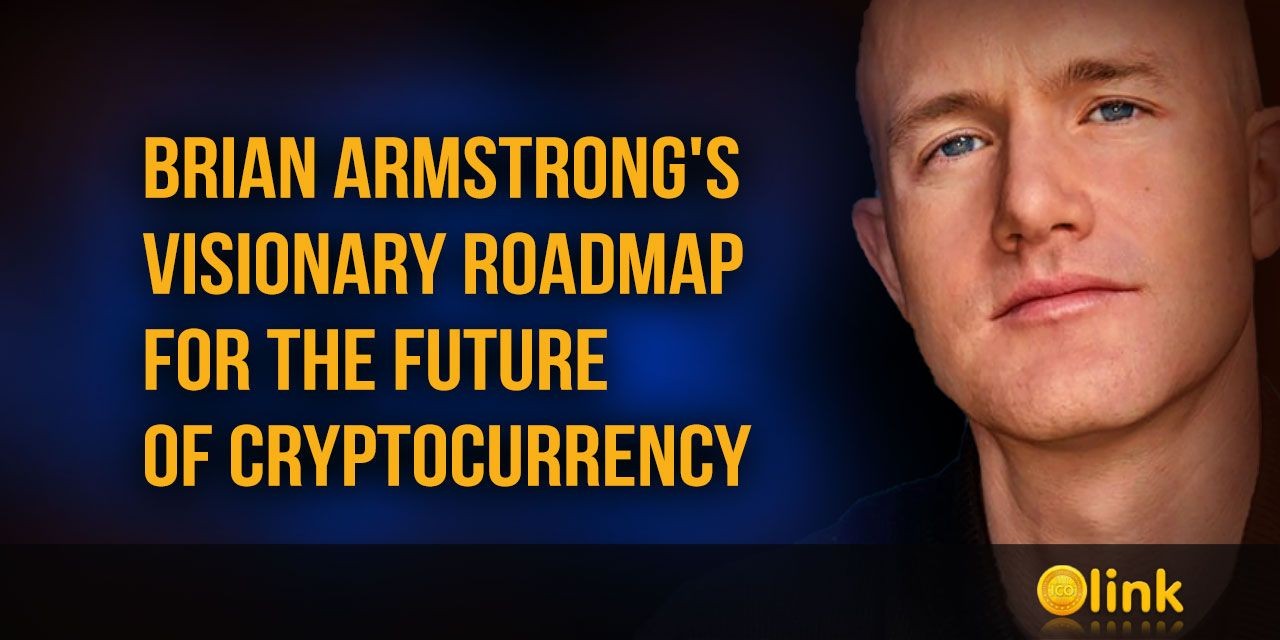Brian Armstrong's Visionary Roadmap for the Future of Cryptocurrency
Brian Armstrong's Crypto Vision 2023: The Future Blueprint for Decentralized Finance
When the CEO of Coinbase, one of the world's largest cryptocurrency exchanges, shares his vision for the digital asset landscape, it's time to sit up and take notice. Brian Armstrong isn't merely a figurehead; he's a thought leader shaping the discourse around cryptocurrencies. Recently, Armstrong shared a handful of game-changing ideas aimed at transforming the crypto-ecosystem from a niche playground to a mainstream financial powerhouse. Let's delve into his innovative proposals and assess their potential impact on the future of digital assets.
Armstrong introduces the idea of a "Flatcoin," a new breed of decentralized stablecoin designed to tackle the challenges that plague both Bitcoin and traditional stablecoins. While people are hesitant to spend Bitcoin given its volatility, existing stablecoins, tied to inflation-prone fiat currencies, offer little advantage over traditional money.
In Armstrong's vision, Flatcoin could either be backed by a diversified basket of assets or governed algorithmically to maintain purchasing power. Interestingly, he notes that technologies already exist to track inflation and further decentralize the stablecoin.
Armstrong envisions an "on-chain reputation" system that could be integrated into Ethereum's Domain Name System (ENS). This system would effectively rank user addresses based on their blockchain activity, serving as a transparent and reliable gauge for trustworthiness.
The potential applications for this reputation system extend far beyond simple rankings. It can revolutionize financial lending and become a formidable tool against fraud, reshaping how we think about identity and trust in the digital world.
Armstrong recognizes the limitations of Web2 advertising models, which rely on views and clicks. He champions the idea of "in-chain advertising," a novel approach that rewards users based on their online activities, thus aligning incentives for advertisers and consumers alike.
In this in-chain advertising model, smart contracts could handle payouts, and wallet software could choose which ads to display for impressions. This model redefines the landscape of online advertising, making it more efficient, transparent, and lucrative.
While acknowledging that the enthusiasm around Initial Coin Offerings (ICOs) has waned, Armstrong suggests a new paradigm for "capital formation in the chain." This framework aims to democratize startup fundraising while offering a secure and transparent method for Initial Coin Offerings.
Armstrong contends that a vibrant job market in the crypto arena could significantly simplify cross-border payments and facilitate global employment opportunities. By offering jobs and accepting payment in digital assets, the industry can truly globalize the labor market.
According to Armstrong, it's crucial to offer a "privacy layer" where transactions could be moved to a second layer instead of being publicly displayed on the blockchain. While the blockchain's transparent nature is one of its unique features, there's also a growing need for transactional privacy.
Brian Armstrong's diverse set of proposals reflects his comprehensive vision for a mature, multifaceted cryptocurrency landscape. From Flatcoin to on-chain advertising, from democratizing capital to fostering a global crypto-job market, each idea serves as a cornerstone in building a more inclusive, efficient, and transparent digital asset ecosystem.
In a world where the adoption of cryptocurrencies is escalating but still fraught with obstacles, Armstrong's roadmap offers both hope and direction. As these proposals begin to materialize, they could well catalyze the transition from a fragmented crypto-environment to a unified digital asset economy. Through innovations like these, the crypto-world can not only solve its existing problems but also pioneer new avenues for growth and inclusivity.






